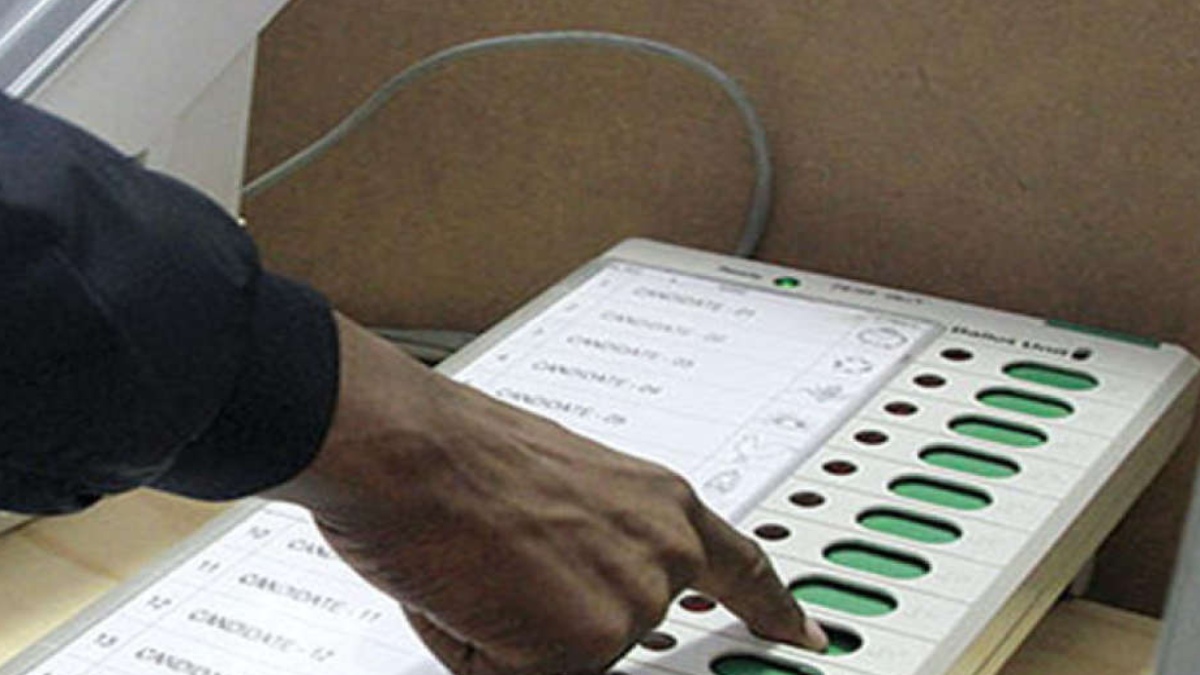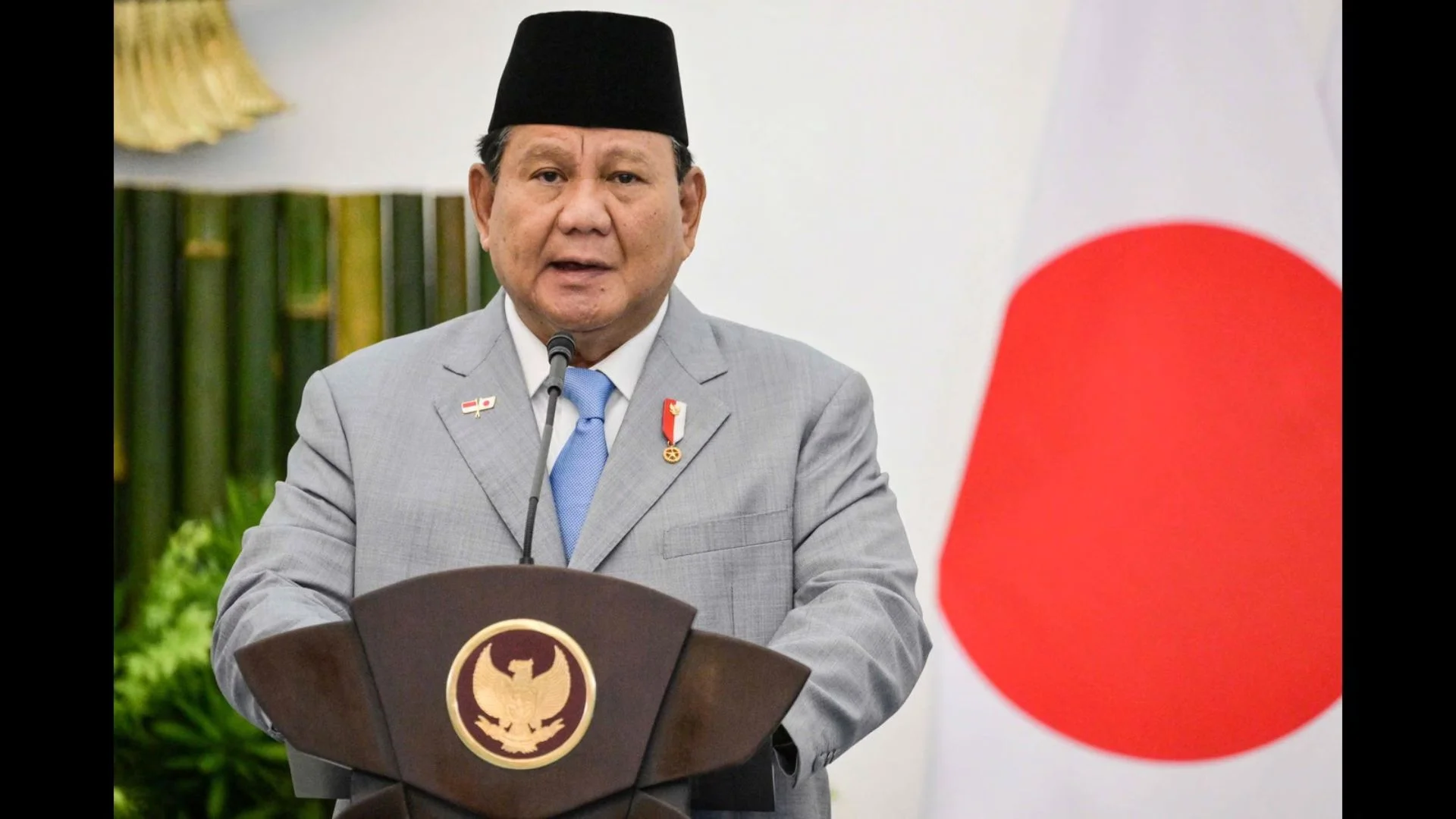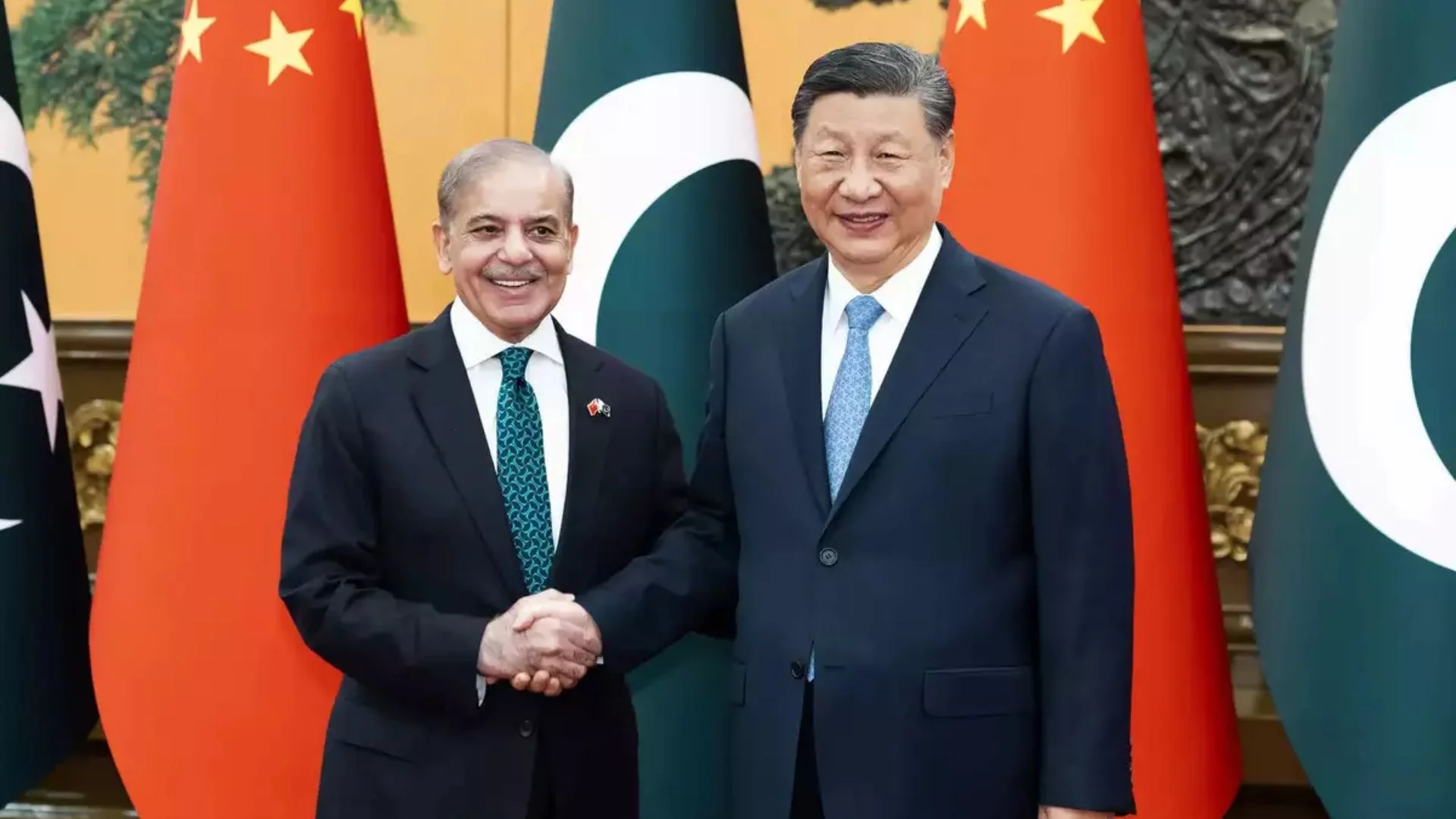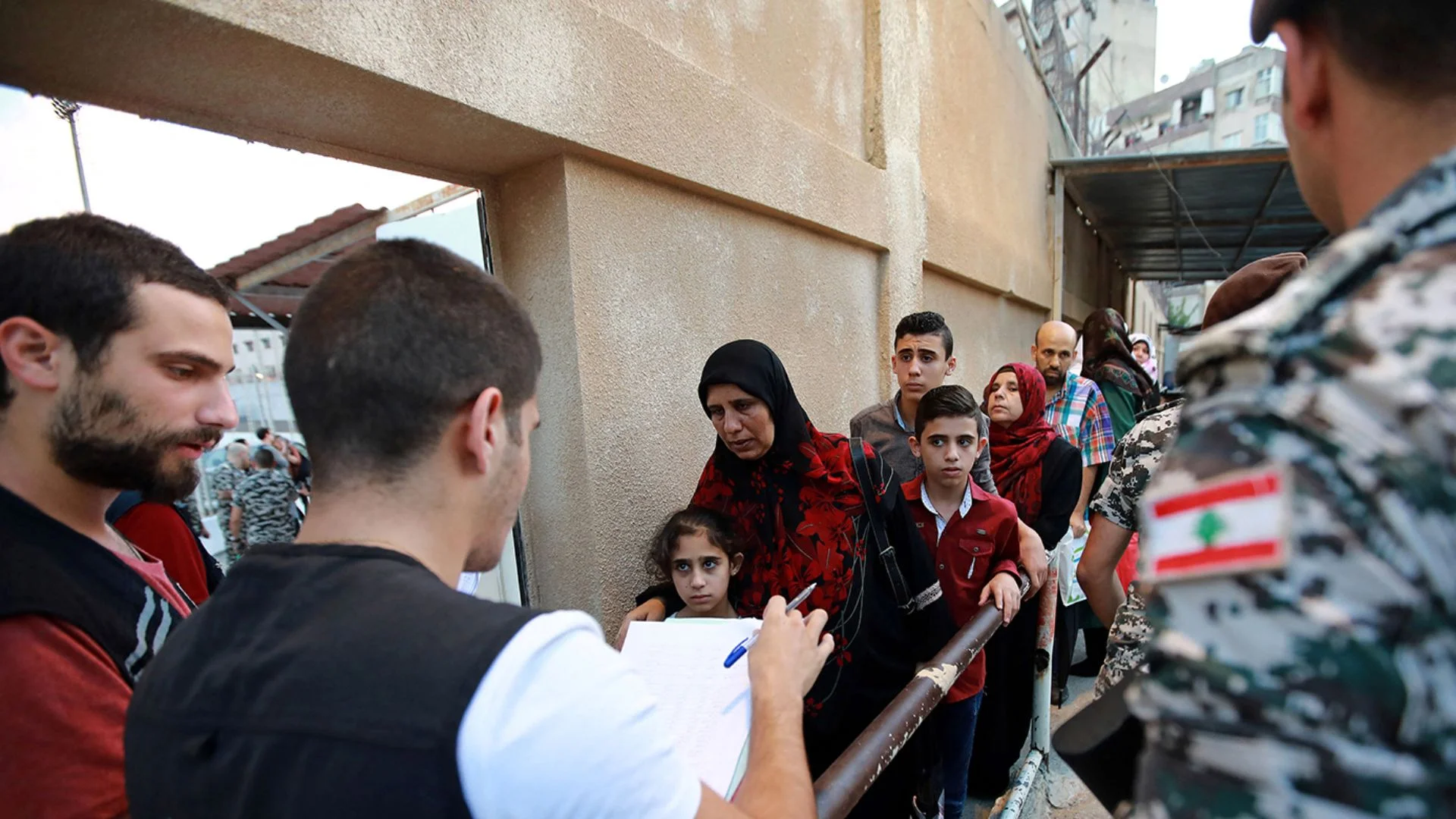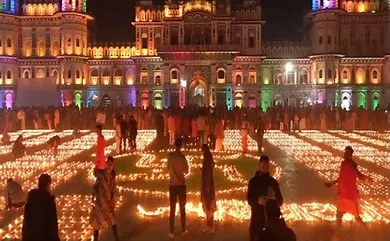Amid shifting of majority votes, the next phases of polls in the central UP hold key to the fate of the state. The party winning the region reins Lucknow.
The trends in first two phases in UP and Uttarakhand turned curioser. The minority votes are consolidating and majority votes are shifting. It gives jitters to contestants and is becoming out-of-the-ordinary subject of study for social scientists.
It is not easy to say if the trends would continue in the next phases. The split of majority votes finds echo in Prime Minister Narendra Modi’s Kalyanpur, Kanpur Dehat address. Modi called upon the “Hindus not to split their votes” deprecating Bengal chief minister Mamata Banerjee move to divide majority votes in Goa.
Whether it changes the perception in the central UP and leads to Hindutva consolidation as BJP workers fan out or is overturned would be watched. The Samajwadi Party got 90 seats here in 2012 and a mere 12 in 2017 in centre parts of the state. The BJP also had a loss and windfall. In 2012, it got 10 seats that soared to whopping 90 of the 118 seats. BJP had a sweep in ten districts. The SP was nearly wiped off in its Yadav stronghold. The BSP has minor presence but can tilt the balance in favour of BJP.
The region is spread from Hardoi in the West, Lucknow, Kanpur – heart of the region; Farrukhabad, Kannauj, Etawah –the Yadav belt and Bundelkhand. The region understands the pulse and the party that controls the region controls UP. The BJP had no recognisable leader in the region in 2017 but the Modi wave decided the overwhelming sweep of 312 seats and another 13 for its allies.
It also has the key seat of Karhal. It will decide whether Akhilesh Yadav would be in the UP Assembly and could lead the state or not. He faces stiff resistance as BJP pits central minister Satya Pal Singh Baghel against him. The BJP has sent key organisers and strategists and hundreds of workers to the constituency. It is too prestigious for the party. High pitched contest is crucial if Baghel could emerge a dark horse like Shubhendu Adhikari who trounced Mamata Banerjee at Nandigram in Bengal.
Ayodhya is adjacent or almost a part of the region. Chief Minister Yogi Adityanath had considered contesting from there. But Ramjanmabhoomi temple is not a great vote attractor. In the recent Zila (district) Panchayat elections BJP could get eight of the 40 seats. The rest are with SP and its allies. Yogi quietly shifted to Gorakhpur. Chief priest of Ramjanmabhoomi temple Mahant Satyendra Das says he told Adityanath to shift as there was commotion in Ayodhya for houses and shops being demolished due to infrastructure projects in the wake of the construction of the temple. Soaring real estate prices and manipulative land deals also are issues, party workers say.
This is an aspirational region. Niti Aayog report on sustainable development puts the state at almost the lowest of the rung of sustainable development. It contributes significantly to agriculture but is poor on human development index. People want more official support.
The decision is expected to be sharp in these 118 seats. The Yogi is harping on the issue of former chief minister Kalyan Singh who hailed from Auraiya not being given due reverence after his death by the SP. Would it help BJP get extra votes?
The region remembers covid19 bodies floating in the rivers, the difficult long migrant labourers’ trek, their chemical wash, acute poverty and farmer problems. Akhilesh is contesting on the issue of an empathetic regime that can lead the state. The two major contenders have their strengths and weaknesses. Most sitting MLAs are proving liability for the BJP.
While SP campaign is measured, sharp and avoids inciting passion, the BJP is aggressive, often raising threats from “SP’s goondas, Hijab and threat to the Hindus”, an attempt to polarise. There are sections of the people who are heeding Yogi. But there are others who have decided to throw their flank against. As one moves around he could feel that yearning for change has its supporters.
A new social coalition is emerging. Majority community is aligning with unemployment, high prices and issues of junking of ten-year-old cars, stray cattle guzzling crops and many more.
But in the first two phases it is also observed that caste groups like Tyagis and some others were swept by the Modi and community sentiments, rashtravad (nationalism), law and order, women’s safety and free food dole.
The silent voters may give jitters to perceptions and rules. Amid euphoria there are fears too as minority voters consolidate. The political parties are apprehensive of BJP’s influence on the official machinery.
In Uttarakhand and first two phases in UP, about 3% to 4% (65% to 59%) fall in polling is noticed. It is ascribed to BJP not replacing its MLAs, most who have become less popular for less than average performance and distancing them from their supporters. Some lack of enthusiasm is also being noticed among the party workers as they are given a short shrift by the leadership. Many party leaders say that they were aware of it but now they would make extra efforts to make it up in the next phases.
SP leader Akhilesh Yadav is experimenting with careful distribution of tickets. Instead of selecting only minority and Yadav candidates as he did in 2017, he is having a bouquet of caste candidate mix that includes minorities, Yadav, other OBCs, Jats, Thakurs, Brahmin, Saini, Shakya, Kurmi, Gujar and other marginal castes. This constitutes about 44% of the total voters. He has been adventurous in pitting Thakur, Brahmin, Jat, Gujar and other candidates even in minority hotbeds in Saharanpur, Deoband and Amroha.
The bouquet, RLD leader SK Mukherjee says, is more practical than Yogi’s 80%-20% formula. He excludes 20% minorities. In lighter vein he says that he is attempting for 80 marks in an exam against Akhilesh’s 100. But polls are more than arithmetic with emotions and creepy calculations.

